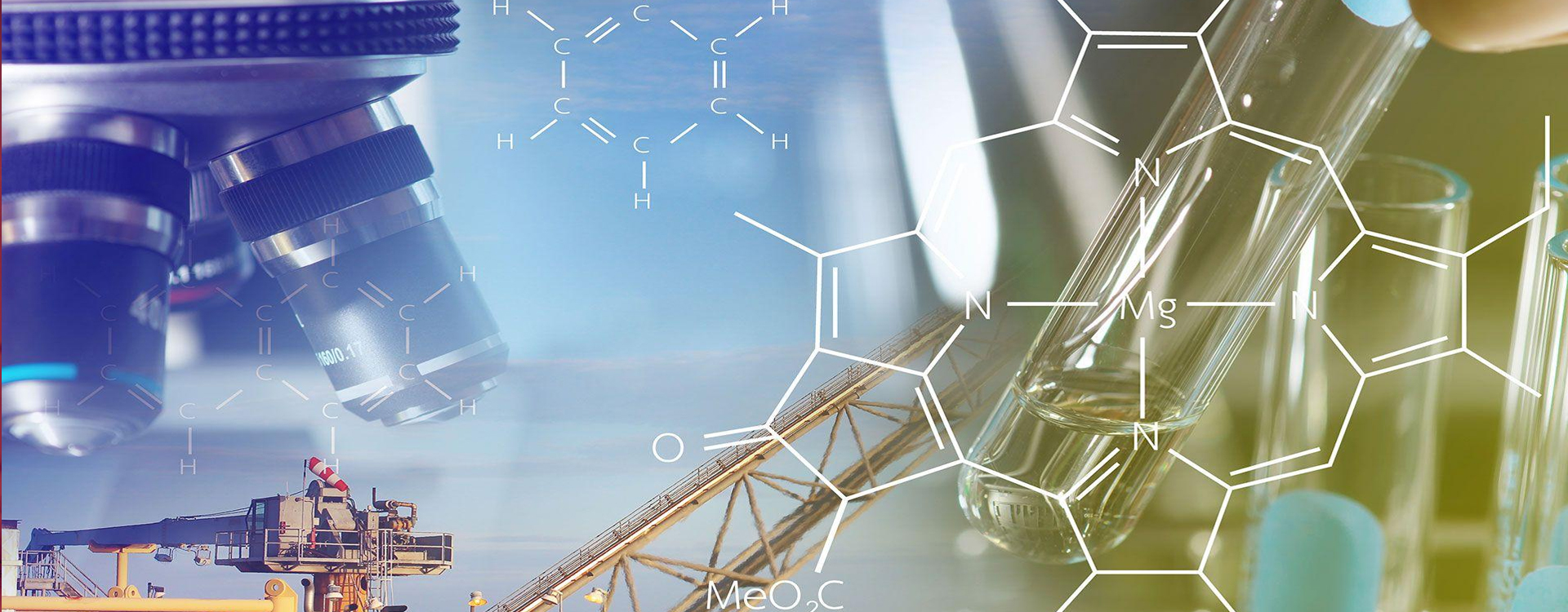Seminar Details
Water contamination by different sources is a major environmental issue because of adverse ecological impacts and detrimental health conditions. Adsorption is a highly favored method due to its versatility and high efficacy in wastewater. Hence, the present work aims to develop low-cost, highly effective adsorbent-dolochar-derived nanoporous zeolite to treat contaminated water effectively. The optimum conditions for synthesizing ZX include NaOH/Dolochar, crystallization temperature, and crystallization time of 1.375, 100℃, and 11 h, respectively. The ZX was used to remove the Cd(II). The maximum removal was accomplished with optimum conditions of 0.25 g/L dosage, 80 min, at 313.15 K, and 6.5 pH. Similarly, CIP removal of 37.786% was achieved using ZX hence, the adsorption parameters were optimized to maximize the CIP removal using RSM-BBD using FeZX (iron-modified zeolite X). Maximum removal of 97.974% was achieved under optimum conditions: 8.06 pH, contact period of 59.422 min, CIP concentration of 17.117 mg/l, and adsorbent dosage of 0.478 g/l. Furthermore, zeolite X (NaX) synthesized from dolochar was investigated as an efficient and cost-effective adsorbent for removing dyes such as rhodamine B (RB), bismarck brown R (BB), and malachite green (MG) from aqueous solutions. The highest removal of RB, BB, and MG by sono-sorption was 98.841 %, 98.453 %, and 97.912 %, respectively, obtained under optimum conditions of pH 8, 20 min, 0.35 g/l of dose, and 318.15 K. RB, BB, and MG adsorption followed the Freundlich isotherm model and pseudo-second-order kinetics, with maximum adsorption capacities of 134.228 mg/g, 136.986 mg/g, and 147.710 mg/g, respectively. The use of NaY in the SMX removal process was optimized by implementing the RSM-BBD approach. Under the optimized experimental parameters, which consisted of a pH value of 6.123, a sonication time of 56.729 minutes, a concentration of the SMX solution of 11.977 mg/l, and an adsorbent dosage of 0.467 g/l, the highest removal efficiency of SMX was found to be 98.417%. The relevance of the results highlights the importance of using this dolochar-derived nanoporous zeolite as an adsorbent to effectively treat wastewater containing heavy metals, dyes, and pharmaceuticals.


